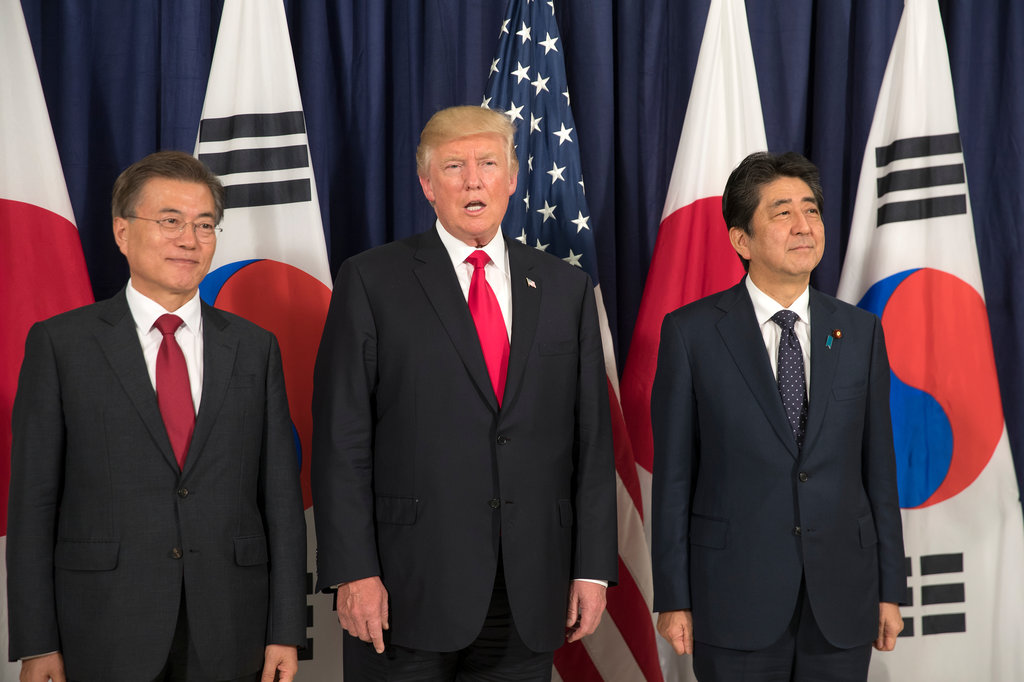Abstract
We live in perilous times, beneath a nuclear sword suspended by only the flimsiest of threads and facing the ravages of climate change that sharpen year by year. No previous generation has contemplated the threat of extinction, as does ours now on these two fronts. The nuclear Doomsday Clock was re-set at the beginning of 2019 at two minutes before midnight. Meanwhile, the oceans rise, acidify, and groan from the spread of plastics and other types of pollution, species are lost, glaciers melt, deserts spread, and the carbon dioxide levels in the atmosphere rise, evidently almost uncontrollably.
States in East Asia do not measure up well in the face of such immense challenges. The institutional framework governing them remains as it was set around seventy years ago, in the wake of the cataclysmic Second World War and the subsequent San Francisco Treaty (1951), at a time when the US was the undisputed master of the world, the treaty system that it constructed its strategy for consolidating and preserving that dominance.[2] At this time, China was divided and excluded, Korea divided and at war, Japan divided (Okinawa having been severed from it) and occupied, and the apparatus of occupation, bases, and US hegemony was assumed to be crucial in maintaining regional and global “security.” Yet the world has moved on since then. In 2018, the San Francisco Treaty system was shaken by events unimaginable even a year earlier. Koreans from both the south and the north began to seize the initiative to negotiate their way towards a Korea that was at peace, de-nuclearized and subject to multilateral security guarantees. Meanwhile, across the East China Sea, Okinawans continued their seemingly interminable struggle against the Japanese state to prevent the further militarization of their islands.
If the Cold War knots that were tied by the San Francisco settlement, especially tightly around the Korean peninsula and the Okinawan archipelago, can be untied and foreign troop occupations ended, the door to a comprehensive, post-San Francisco Treaty, post-Cold War, even post-US hegemony, regional order may be opened. Only if this happens are the nuclear and climate change challenges noted above likely to be met. This paper briefly considers such prospects, focusing firstly on Japan, then Okinawa, and finally, if only briefly, Korea.

This work is licensed under a Creative Commons Attribution-NonCommercial-NoDerivatives 4.0 International License.

